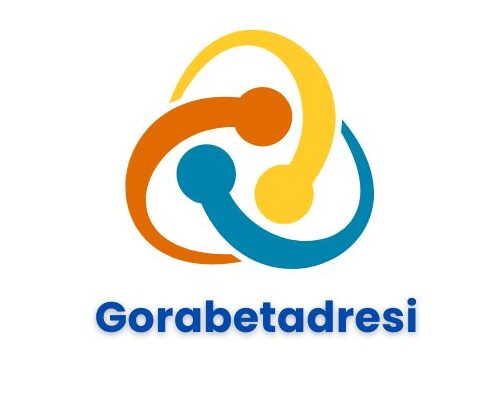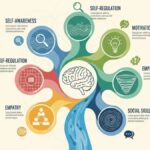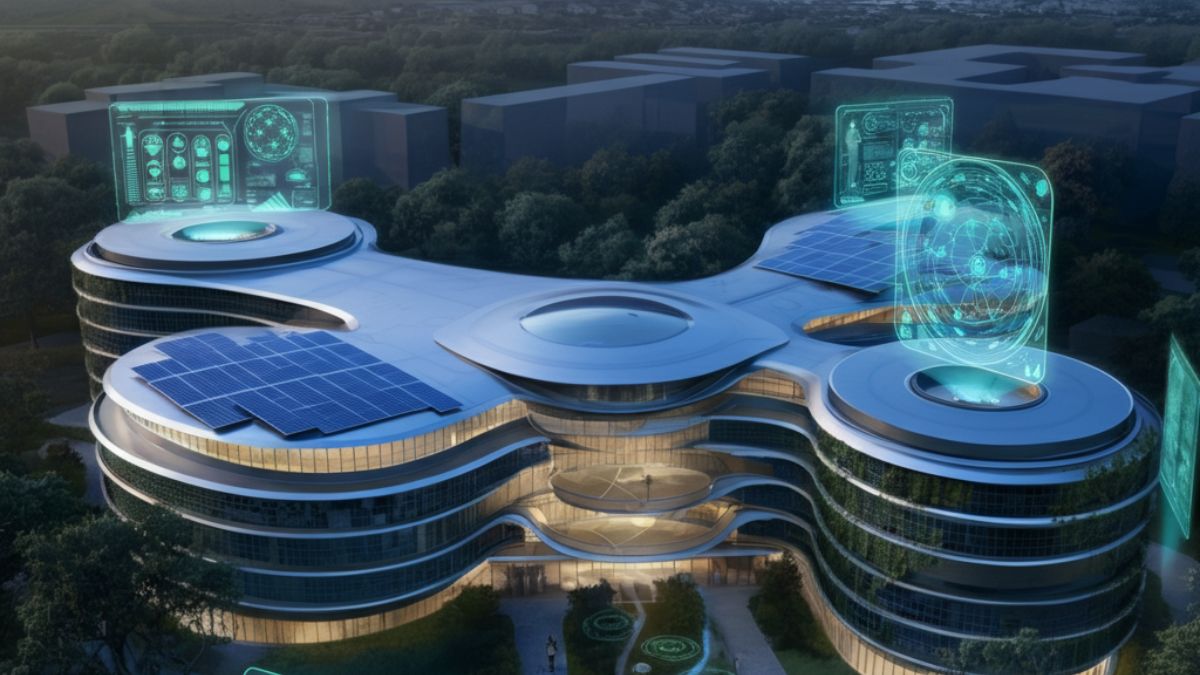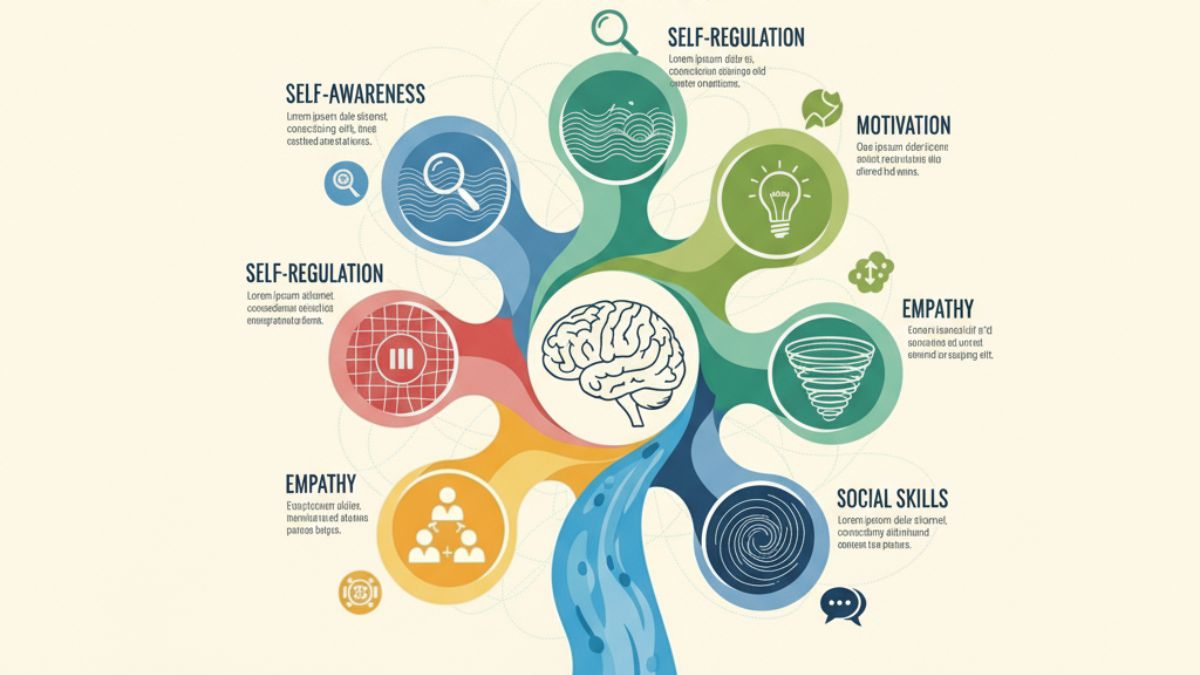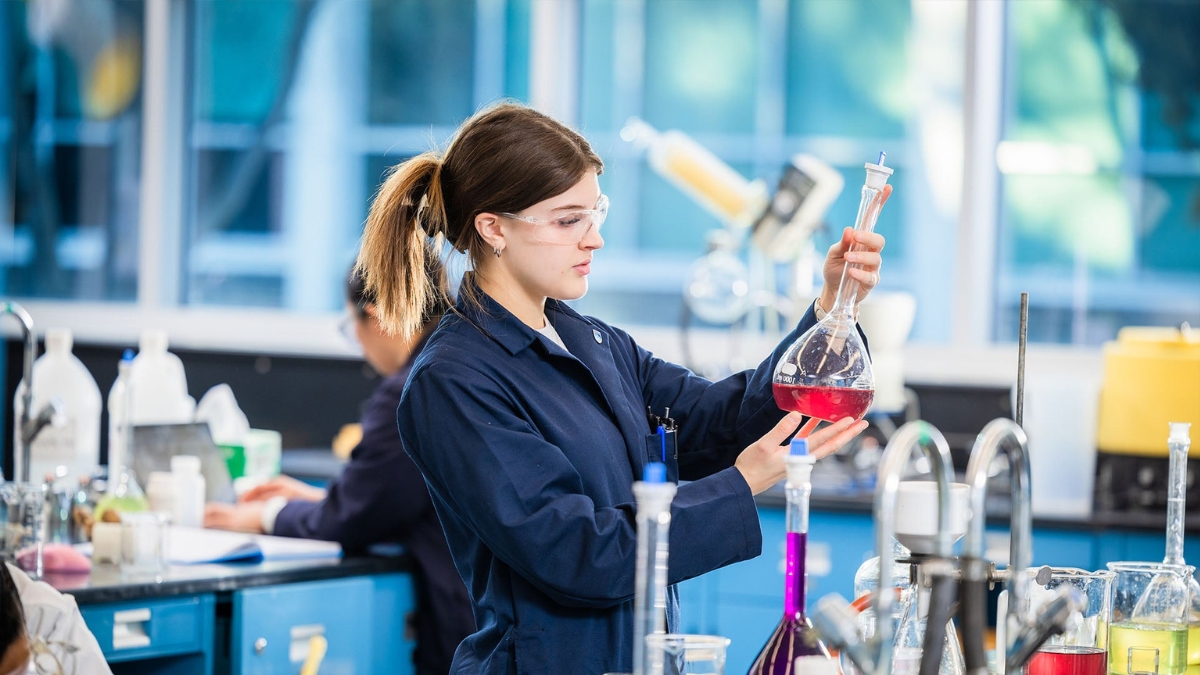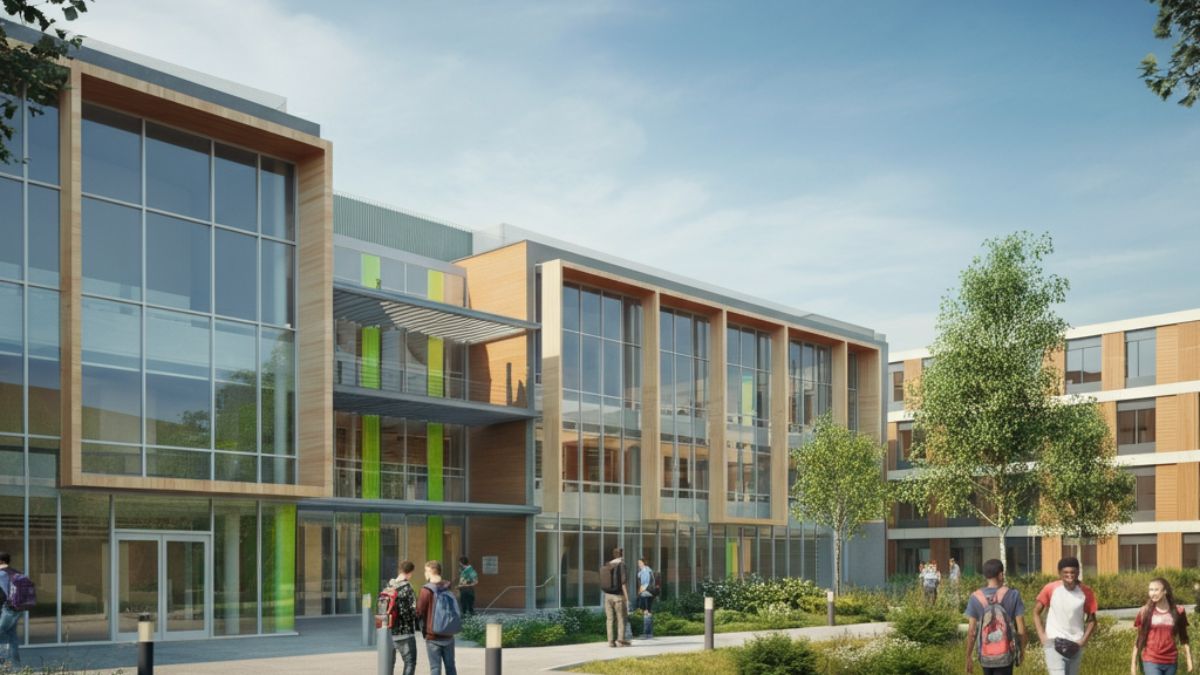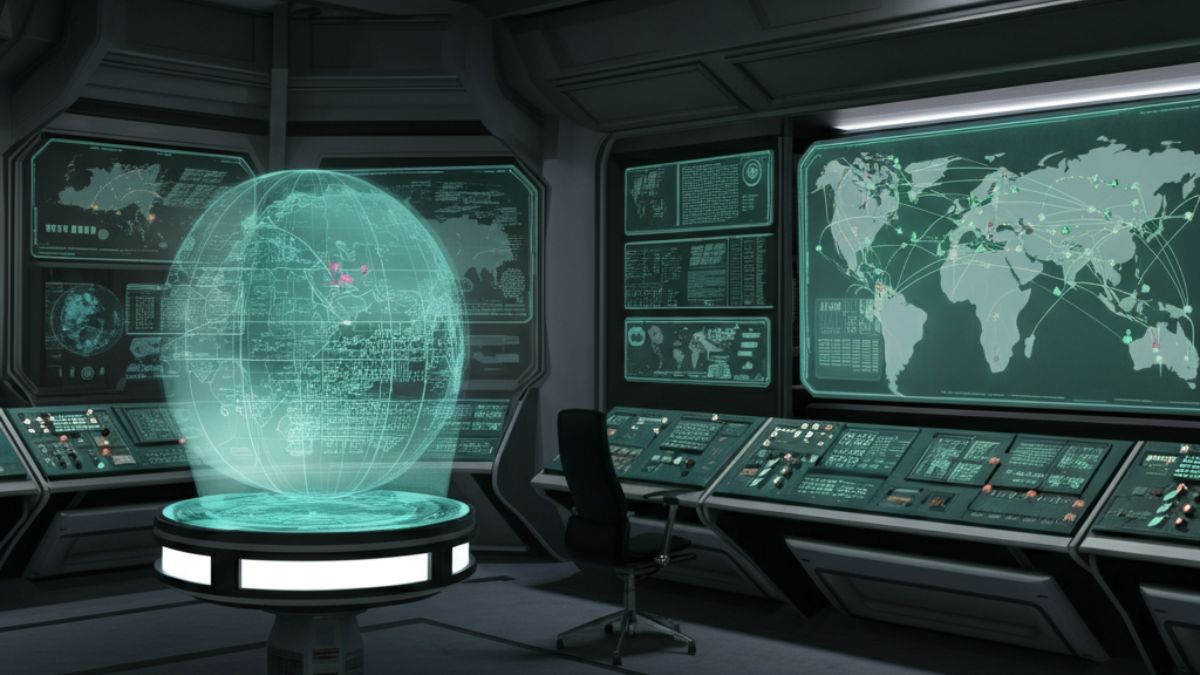The world of higher education is undergoing a significant transformation. Advances in technology, shifts in workforce demands, and evolving student needs and values are reshaping what a college education looks like. Gone are the days when a traditional four-year degree was the only pathway to success. Today, more diverse and innovative approaches to learning are emerging, challenging the norms of how, where, and why we pursue higher education.
This blog explores key trends defining the future of higher education, from flexible learning models to specialized credentials. Whether you’re a student, educator, or policymaker, understanding these changes is essential to adapting to the next era of education.
The Rise of Flexible and Hybrid Learning
Virtual Learning is Here to Stay
The COVID-19 pandemic was a turning point for online education, accelerating its adoption at an unprecedented rate. While initially used as a necessity, online and hybrid learning has evolved into a preferred model for many students and institutions. Platforms like Coursera, edX, and even university-specific systems now allow students to access high-quality education from anywhere in the world.
Benefits of virtual learning include:
- Convenience for students balancing jobs, families, or other responsibilities.
- Broader access to niche subjects not available locally.
- Collaboration opportunities with educators and peers across the globe.
However, schools are also working to address challenges such as the lack of engagement in some online programs and disparities in technology access. Hybrid models, which blend in-person learning with virtual sessions, are emerging as a happy medium.
Personalization through Adaptive Learning
Education is becoming more tailored thanks to adaptive learning technologies that adjust to the unique needs of individual learners. Tools like AI tutors and learning analytics provide real-time feedback, helping students master topics at their own pace. This data-driven personalization is particularly helpful for students struggling with foundational subjects like math or for those excelling and wanting to move ahead faster.
Alternative Credentials and Microlearning Are Trending
Beyond the Four-Year Degree
Traditional degrees face competition from alternative credentials such as micro-credentials, certificates, and industry-recognized badges. Programs like Google’s Career Certificates or IBM’s Digital Badges help learners acquire specific skills aligned with in-demand jobs, often at a fraction of the cost and time.
These shorter programs are attracting both students and employers and, in many cases, are seen as equally or more valuable than traditional degrees. According to the U.S. Chamber of Commerce, 74% of hiring decision-makers believe skills certifications are more reliable indicators of job readiness than degrees.
Bite-Sized Learning
Microlearning, focusing on small, easily digestible lessons, is on the rise. Platforms like LinkedIn Learning and Udemy are popular among college students and professionals aiming to acquire or refresh specific skills. Short lessons, often paired with practical applications, make learning more accessible for individuals with busy schedules.
The Focus on Lifelong Learning
The concept of a “one-and-done” education is fading fast. With technology and industries evolving rapidly, learning is no longer confined to college years. Professionals now seek continued education throughout their careers, whether to switch fields or update their expertise.
Colleges and companies alike are expanding their approaches to lifelong learning with executive education programs, subscription-based learning platforms, and upskilling collaborations. Programs like Khan Academy and MIT OpenCourseWare make affordable and accessible continued education a reality for many.
The Role of AI and Technology
AI-Driven Learning Systems
Artificial Intelligence (AI) tools are transforming higher education by automating processes and enhancing personalized learning. From customizable course content to AI-driven “smart classrooms” that gamify education, technology is making learning more engaging.
Examples include:
- Virtual Reality (VR) for immersive learning experiences (e.g., practicing surgery or exploring ancient ruins).
- AI writing tools like Grammarly or ChatGPT to help students with academic writing.
- AI-based predictive analytics to identify at-risk students and provide early intervention.
Blockchain for Credentials
Blockchain technology is being adopted by universities to securely store and share student credentials. This innovation not only prevents fraud but also makes it easier for students to share digital portfolios with future employers, ensuring credentials are accessible and verifiable.
Equity and Access in Education
Higher education is also facing increasing pressure to bridge the gap in access, affordability, and inclusivity. Traditional models of education often leave out marginalized communities due to high tuition, geographic challenges, or systemic barriers.
Efforts to improve equity include:
- Tuition-free programs at community colleges, such as those seen in New York’s Excelsior Scholarship.
- Income-share agreements that eliminate upfront tuition costs for students (e.g., Purdue University’s “Back a Boiler” program).
- Expanded access to affordable technology resources.
Sustainability in Campus Culture
Finally, sustainability is becoming a central theme in how colleges operate. From installing renewable energy sources to integrating environmental studies into curricula, colleges are adapting to address climate change.
Examples include:
- Arizona State University’s commitment to carbon-neutral goals.
- Cornell University’s focus on sustainable agriculture.
- Green roofs, energy-efficient buildings, and waste reduction initiatives across many campuses.
Preparing for the Future of Higher Education
The trends shaping higher education signal a monumental shift in how institutions and individuals approach learning. Colleges are evolving into lifelong learning hubs, offering more flexible, inclusive, and innovative solutions that match the needs of a rapidly changing world.
At the heart of these shifts are students—empowered to chart their unique educational paths and align them with their aspirations and goals. Whether through alternative credentials, advanced technology, or personalized learning models, the future of college is reimagined to serve a diverse and complex world.
FAQs
What are alternative credentials in higher education?
Alternative credentials refer to non-traditional certifications such as microcredentials, badges, and online certificates that demonstrate specific skills or knowledge. They are often more focused and flexible than traditional degrees, catering to learners seeking career advancement or specialization in a particular field.
How are colleges incorporating sustainability?
Colleges are implementing sustainability through various initiatives, such as green building designs, energy-efficient practices, waste reduction programs, and offering academic programs focused on environmental studies. Many institutions also set ambitious goals for carbon neutrality and partner with renewable energy projects.
What is lifelong learning in the context of higher education?
Lifelong learning means that education goes beyond traditional degree programs and continues throughout an individual’s life. Higher education institutions support this by offering flexible online courses, modular learning programs, and professional development opportunities to help learners adapt to evolving career and personal goals.
How is technology impacting higher education?
Technology is transforming higher education by enabling online learning, virtual simulations, adaptive learning platforms, and improved access to resources. Innovations like AI-powered tutoring, virtual reality, and data analytics are personalizing the educational experience and providing new methods of teaching and engagement.
